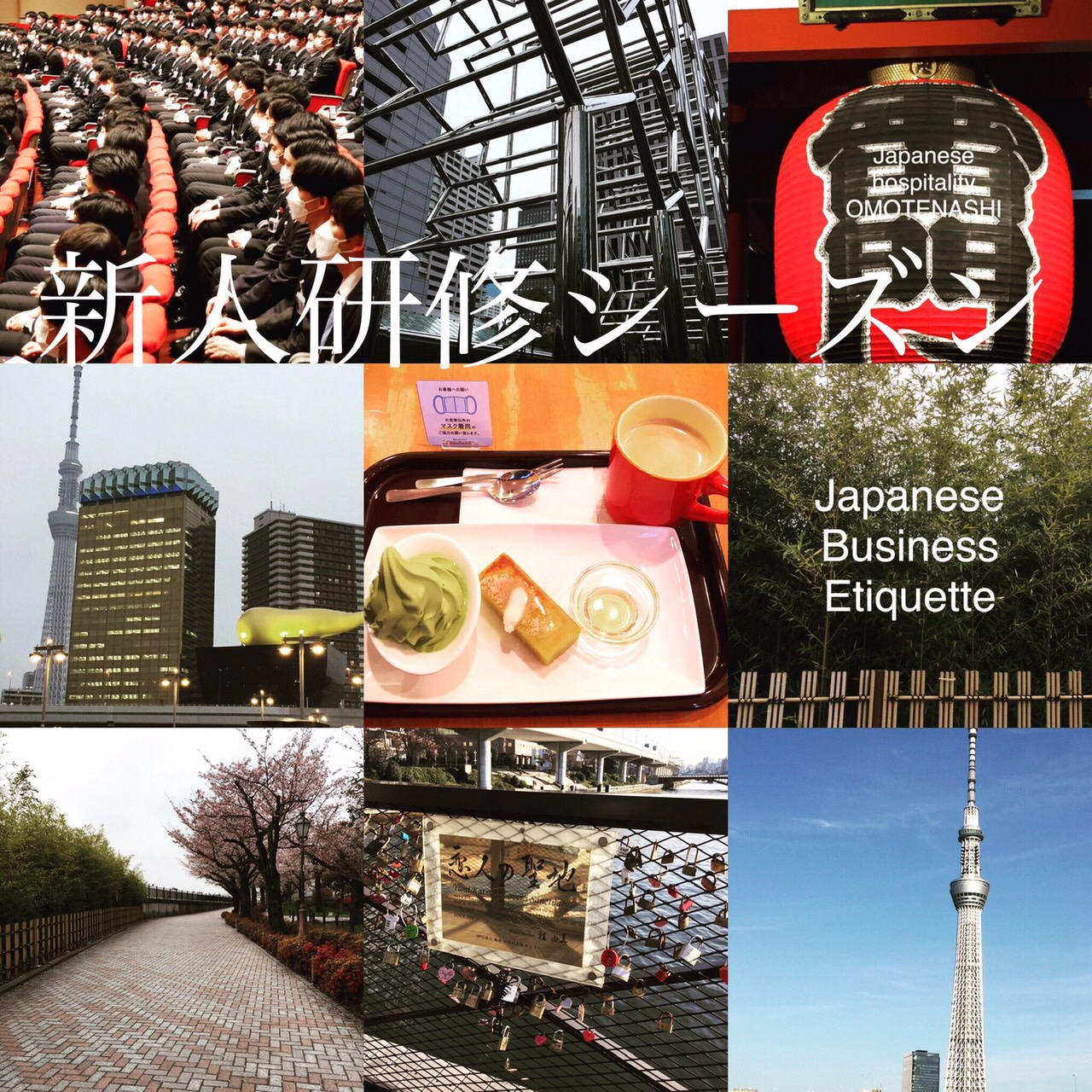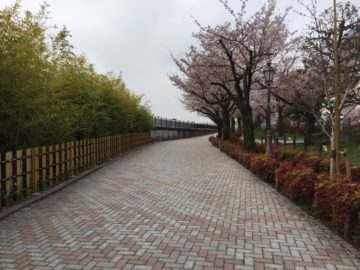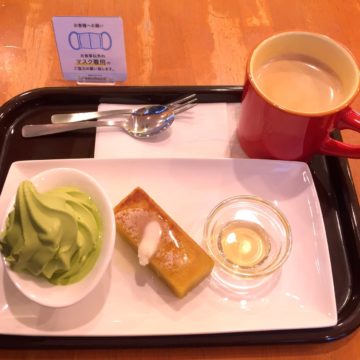【Omotenashi】Japanese Omotenashi Seminar
What is Omotenashi?
おもてなしとは何でしょう?
一つ目
表や裏がないということです。
おもてとは、家の外。外側にあるグループです。会社の人、他人、近所の人、知人
裏とは、内側にあるグループです。家族、親しい友人
表も裏もない・・・誠実な心です。
裏表がないという気持ちで行うのが、「おもてなし」です。
つまり、社会的なペルソナを出す社会的な顔(建前)があり
つくろった人格での発言する、行動をすることがあります。
ですが、「おもてなし」は(本音)心からの気持ちで
素の人格で発言し、行動をするということです。
つまり、本物ということです。
その2
それをもって成し遂げるという意味もあります。それ故に、準備がいつも大切になります。
また、プレゼンテーションはいつも美しく行う必要があります。細部まで気をつけるのもここにあります。
そして、3つ目
もちろん「おもてなし」とは、もてなす、つまりエンターテイメントするということです。
このエンターテイメントに参加していただくことに感謝を示します。
#Omotenashi #CustomerService #Visible #Prepare #Details

This is the famous Sky Tree.
What is Omotenashi?
First.
It means that there is no front or back.
Omotenashi is the outside of the house. It is the group on the outside. Company people, strangers, neighbors, acquaintances.
The back is the group on the inside. Family, close friends.
There is no front or back…it is a sincere heart.
Omotenashi is done with the feeling that there are no two sides of the same coin.
In other words, there is a social face (tatemae) that gives out a social persona
They may speak and act in accordance with the personality they have created.
Omotenashi, on the other hand, comes from the heart (true feelings).
It means to speak and act with one’s true personality.
In other words, it means being genuine.
Number two.
It also means to accomplish with it. Hence, preparation is always important.
Also, the presentation should always be beautifully done. This is also where attention to detail comes in.
And third.
Of course, “Omotenashi” means to do ENTAME (entertain), in other words, to entertain.
We show our appreciation for your participation in this entertainment.
#Omotenashi #CustomerService #Visible #Prepare #Details
例えば、私はカスタマーサービスのトレーニングを受けたときは、LASTというアクロニム(イニシャル)で覚える心得がありました。
L (listening) お客様のいうことをよく聞く。
A (Apologize) 謝罪をします。その表現を習います。
S (Solution) 解決案を出します。
T (Thank) 感謝を述べ、リピーターになっていただきましょう。
という、わかりやすいアプローチをします。
ところが、日本のトレーニングは、お客様の見えないところで行います。
気働きとは、5つの精神的な心得になります。
一つ目は、声配りです。声を掛けます。
二つ目は、手配り、手を使って曲がっているところなどを直します。
三つ目は、目配り、目を使っておかしなところはないか?チェックします。
四つ目は、気配り、気を使って、足りないところはないか?考えます。
五つ目は、心配り、心を使って相手の気分を読み解きます。
#Omotenashi #CustomerService #Visible #Prepare #Details
おもてなしセミナーでは、日本のこのミステリアスな見えないカスタマーサービスを教えています。
For example, when I was trained in customer service, I had the heart to learn by acronym (initials) LAST.
L (LISTENING) Listen carefully to what the customer says.
A (Apologize) Apologize. I learn that expression.
S (Solution) Give the solution. I offer a solution.
T (Thank) Thank the customer and make him/her a repeat customer.
This is an easy-to-understand approach.
Japanese training, however, is conducted out of sight of the customer.
‘Kibataraki’ Ki-working is a set of five mental principles.
The first is ‘koe’ vocal distribution. We call out to them.
The second is hand suggestions, or fixing things with your hands.
The third is guessing to look out for the customer’s needs. Check.
The fourth is to be attentive, to pay attention, and to check for anything that is missing. I think about it.
Fifth, worry, using your mind to decipher the mood of others.
#Omotenashi #CustomerService #Visible #Prepare #Details
Omotenashi seminars teach this mysterious and invisible Japanese customer service.




